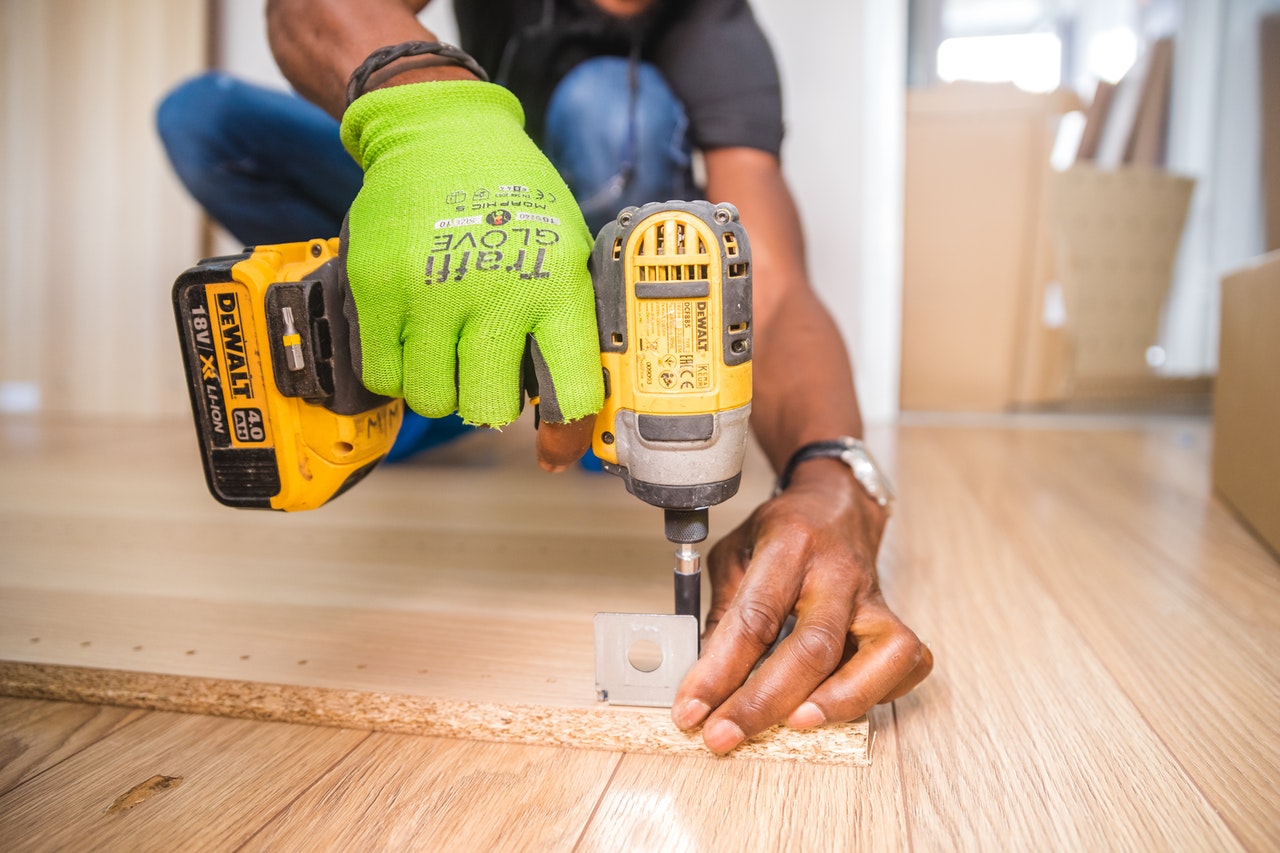Guy Stuff
When A Landlord Can Be Held Liable For Tenant Injuries
For many people, renting a place to live is the only option. When you sign a lease on a property, you must adhere to the terms of this contract. Your landlord in turn must also abide by the obligations set in this document.
If you are injured on your rental property, your landlord may be held liable for your injuries. The lawyers at T. Madden & Associates, P.C. can represent you in a personal injury case against your landlord if their negligence caused your accident.
A personal injury lawsuit against a landlord must show that the landlord’s actions or inactions were negligent. In other words, you can’t hold your landlord liable when you trip over your own untied shoe and fall. However, your landlord may be negligent when they failed to repair the railing on your staircase, which caused you to fall.
Landlord Negligence
If your landlord’s negligence was the cause of your injuries, you can file a personal injury claim against them. This doesn’t mean that the landlord deliberately caused you intentional harm, but rather, their lack of action in remedying a danger on the property resulted in an injury.
When you file a personal injury lawsuit, the court will look at certain factors to determine if your landlord was negligent and, therefore, liable for the injuries that occurred.
Control Over Dangerous Conditions
Landlords will usually be held responsible for tenant injuries because they are legally obligated to maintain and repair the property. If you fell on the stairway in a common area because the railing was loose – something the landlord should have maintained – then they will be held liable.
Knowing About Hidden Dangers
Every landlord has an obligation to notify tenants about any hidden dangers on the property. Things like uneven flooring or tiling on a pathway that becomes slippery when wet would be hidden dangers.
Foreseeable Possibility of Accidents
If a stairway railing is loose, it’s foreseeable that it could cause an injury. This is something the landlord should have repaired in a timely fashion. Until that repair is made, written notice as well as signage should indicate to tenants to avoid using that stairwell.
Cost of Reducing the Danger
Landlords that shirk responsibility for repairs and maintenance when taking certain steps could have prevented it will usually be held liable. A prime example of this is using brightly colored paint to line a small step leading up to a building to prevent injuries.
Failure to Reasonably Prevent Accidents
Landlords are not required to encase everything in bubble wrap to prevent tenants from injury. However, they must exercise reasonable care. If a landlord ignores a broken step for months, they are not taking reasonable measures to prevent tenant injuries.
Not every injury in your rental property can be pinned on your landlord’s negligence. However, if your injury was something that could have been prevented by the landlord’s upkeep of the property, you may have a case worth discussing with a personal injury lawyer.

















Recent Comments